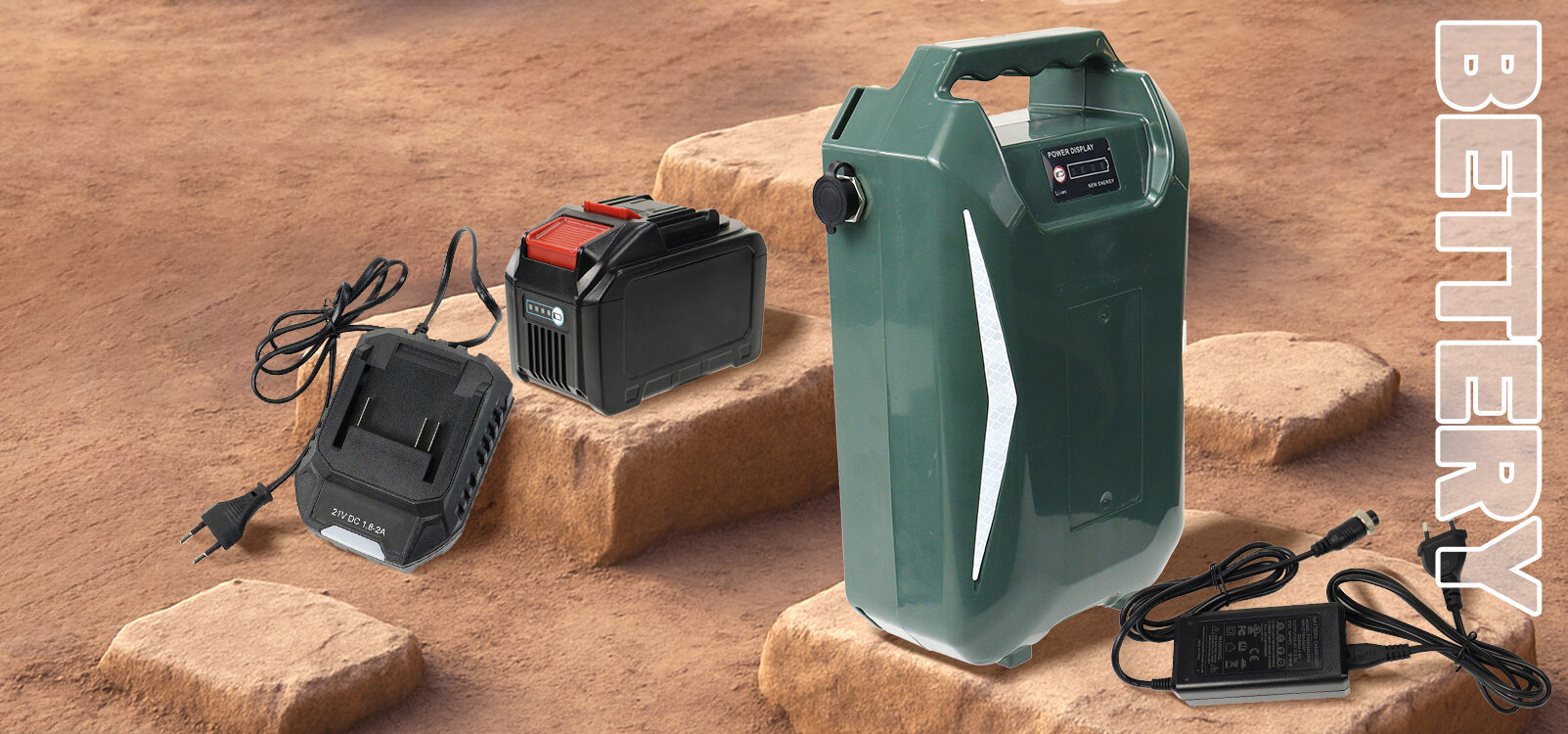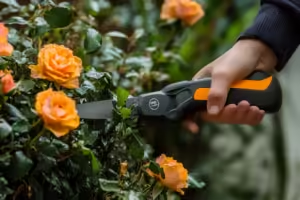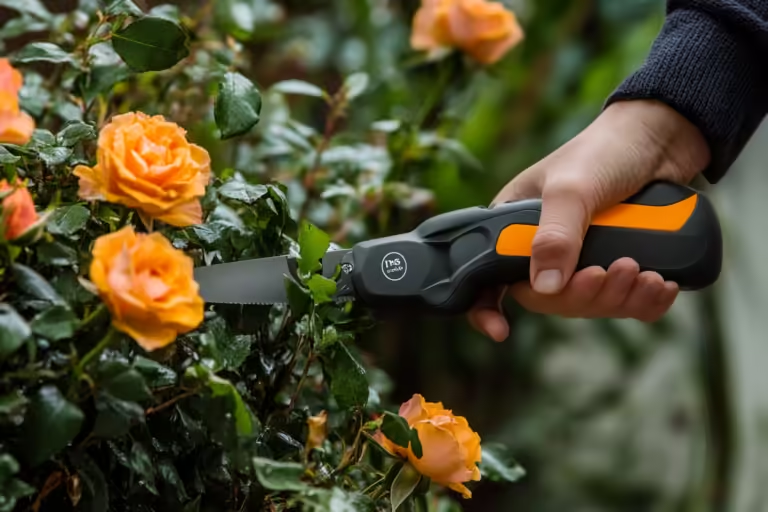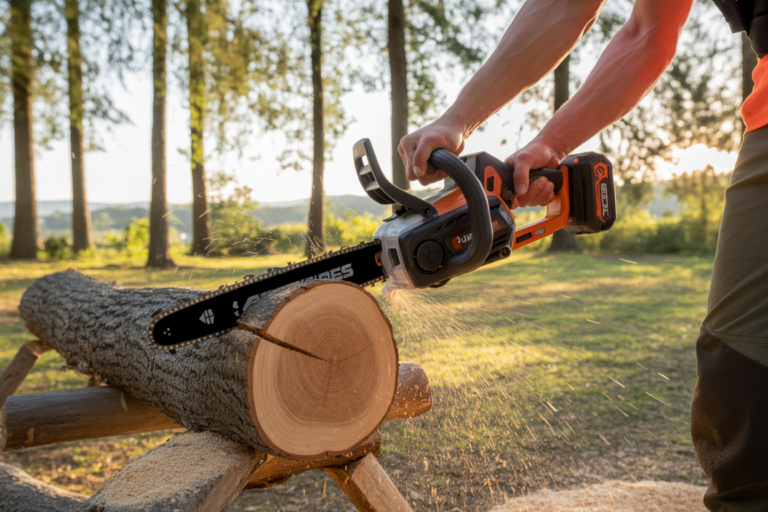When your power tools don’t last a full day or suddenly stop working, the problem is often not the tool—it’s the battery.
Choosing the right lithium battery pack protects your tools, ensures safety, and maximizes performance. Not all batteries are made equal.

Low-quality batteries may save money upfront, but they can damage your tools, underperform, or even pose safety risks1. If you're wondering how to choose the right one2, keep reading.
What's a lithium battery pack?
It looks simple on the outside, but it holds complex technology that powers your entire tool.
A lithium battery pack is a rechargeable power source using lithium-ion cells, commonly used in cordless power tools, due to its high energy density and lightweight.
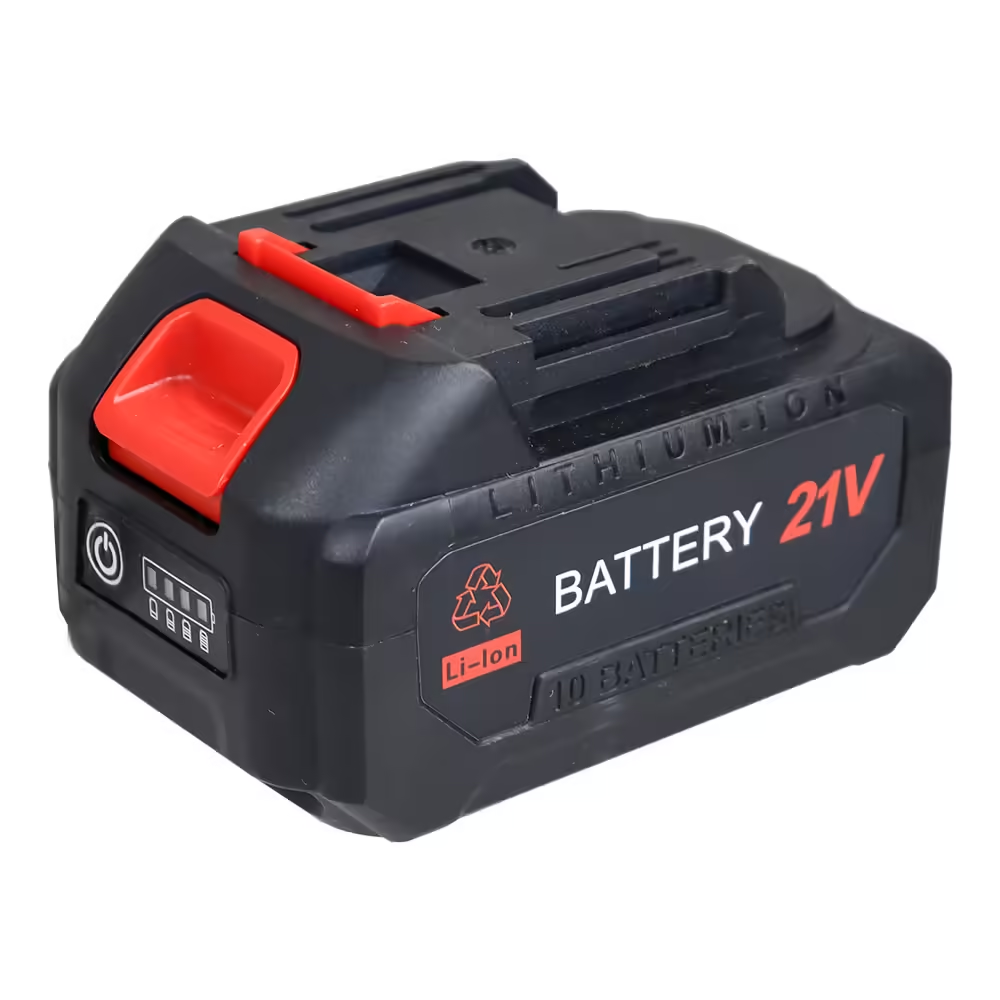
Why lithium instead of other batteries?
- Higher energy density: More power in a smaller pack
- No memory effect: You don’t need to fully discharge it before recharging
- Lighter and compact: Perfect for handheld tools
- Longer lifespan: More charge cycles than NiCd or NiMH
Lithium-ion batteries3 have become the industry standard because they strike the right balance between performance, size, and safety. I remember early in my career, we dealt with NiCd batteries4. They were heavy and lost charge quickly. Ever since we switched to lithium, our tools—and customers—perform better.
What's the type of lithium battery pack?
Not all lithium battery packs are built the same—and picking the wrong one can limit your tool’s performance or even cause failure.
Lithium battery packs can be classified by voltage, capacity, and mounting type. Each factor plays a critical role in compatibility, power, and runtime.
Classification by Voltage
Voltage affects how powerful your tool performs under load. Higher voltage delivers more torque but usually means a heavier battery.
| Voltage | Common Usage |
|---|---|
| 12V | Light-duty drills, screwdrivers |
| 16.8V | Garden tools, pruners |
| 21V | Standard cordless tools (grinders, drills) |
| 36V | Heavy-duty saws, blowers |
| 40V | High-demand garden tools |
| 80V | Industrial or commercial tools |
I always recommend 21V for most construction tools. It’s the sweet spot between weight, cost, and power.
Classification by Capacity (Ah)
Capacity tells you how long the battery can run. It’s like your tool’s fuel tank. More capacity means longer use, but also more weight.
| Capacity (Ah) | Runtime | Best for |
|---|---|---|
| 1.3–2.0Ah | Short | DIY, occasional tasks |
| 4.0–5.0Ah | Medium | Daily professional use |
| 8.0–20.0Ah | Long | Industrial, continuous work |
For example, our YOUWE cordless hedge trimmer can run up to 3 hours with an 8.0Ah battery. With a 2.0Ah, it lasts under an hour. Choose based on your real work hours.
Classification by Mounting Style
How you connect the battery also matters for ergonomics, stability, and replacement convenience.
| Mounting Style | Description | Application |
|---|---|---|
| Slide-in | Flat rail that slides horizontally into the tool | Common for 21V tools |
| Plug-in | Vertical socket-style connection | Compact drills, pruners |
| Snap-lock | Click-style lock with release buttons | High-end tools or fast swaps |
When I work with buyers customizing OEM tools, one of the first questions we ask is battery interface—because mismatches here are expensive.
When selecting a lithium battery pack, don’t just look at price. Understand what your tools need. Think voltage for power, capacity for runtime, and connection type for ease of use. If you need help picking the right one for your product line or warehouse stock, email me anytime: [email protected]
Is a 4.0 Ah battery more powerful than a 2.0 Ah?
This is one of the most common questions I get from buyers—and the answer might surprise you.
No, a 4.0 Ah battery is not more powerful in terms of voltage, but it lasts longer than a 2.0 Ah battery. Ah measures capacity, not power.
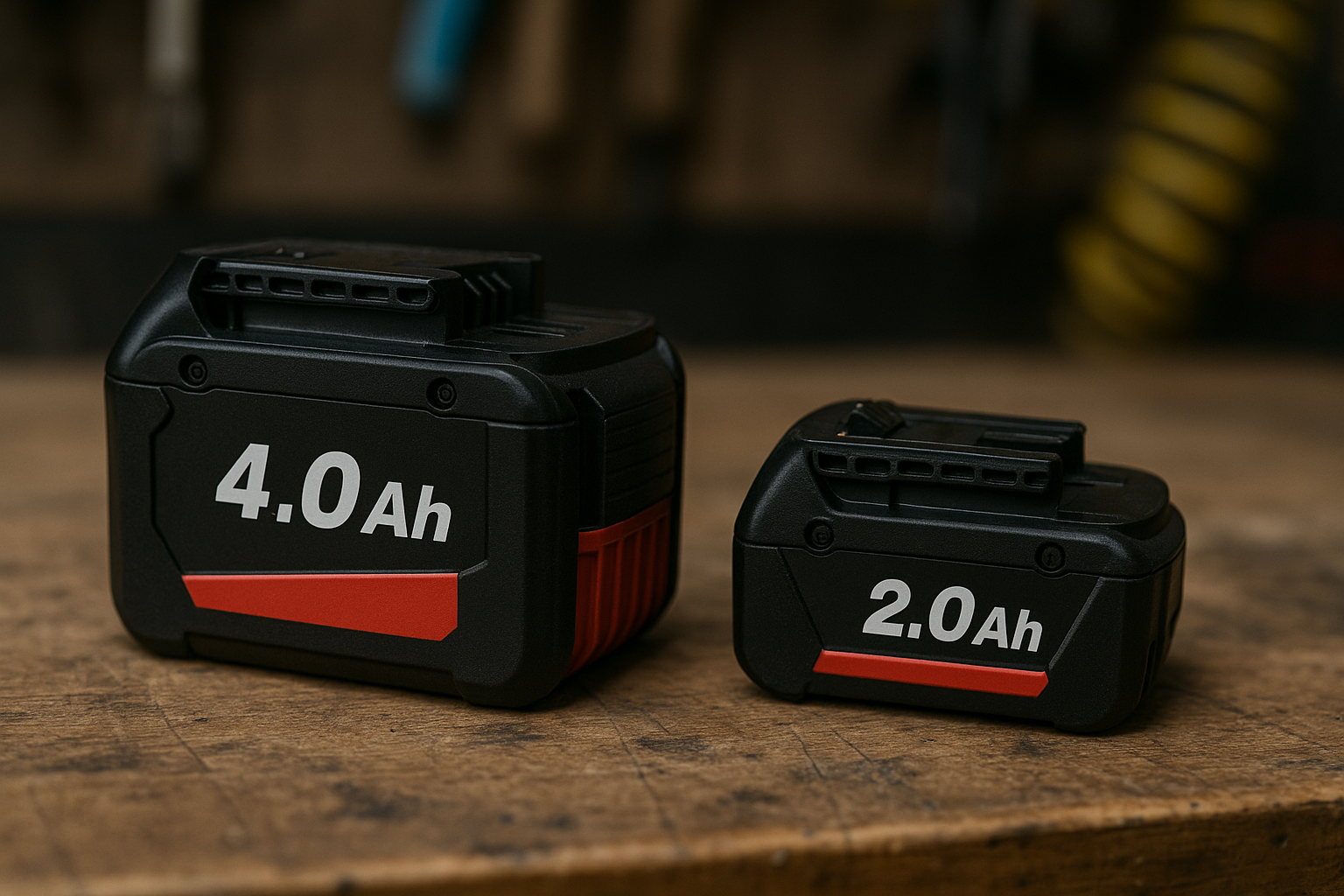
Understand Amp-Hours (Ah)
Amp-Hours tell you how long the battery can deliver power. Think of it like a fuel tank:
- 2.0 Ah @ 20V = lighter, shorter runtime
- 4.0 Ah @ 20V = heavier, double runtime
| Battery | Weight | Runtime | Ideal Use |
|---|---|---|---|
| 2.0 Ah | Lighter | Short | Occasional use |
| 4.0 Ah | Medium | Medium | Daily work |
| 6.0 Ah+ | Heavier | Long | Professional / long job |
For heavy tasks like grinding or drilling masonry, I recommend at least a 4.0 Ah battery. For pruning shears or screwdrivers, 2.0 Ah is fine. Just remember, more capacity means more weight.
How to choose the right battery pack?
There’s no one-size-fits-all answer—but there is a right one for your tools.
To choose the right battery pack, consider your tool’s voltage, required runtime, working conditions, and your preferred weight balance. Always prioritize quality over price.
A simple checklist
- Match voltage – Using the wrong voltage can damage your tool.
- Match brand – Stick with the tool brand’s battery or a verified replacement.
- Check Ah needs – More Ah = longer runtime but heavier.
- Review working conditions – Cold/hot environments? Go for protected batteries.
- Prioritize safety – Look for certifications like CE, RoHS, UN38.3.
I once had a customer who saved a few dollars using a cheap non-certified pack. It lasted 2 months—and destroyed his $200 tool. Since then, he's only buying certified packs from us.
What products use lithium batteries?
From drills to garden tools, lithium power is everywhere. It’s the future of cordless.
Lithium battery packs power a wide range of tools such as cordless drills, grinders, pruning shears, blowers, and miter saws—both in construction and garden sectors.
Most popular lithium-powered tools
| Tool | Typical Voltage | Why Lithium? |
|---|---|---|
| Cordless Drill | 18V - 21V | Lightweight, long runtime |
| Angle Grinder | 21V | High power, portable |
| Pruning Shears | 16V - 24V | Efficient, easy to carry |
| Hedge Trimmer | 21V | Cordless flexibility |
| Reciprocating Saw | 21V | Strong torque, cordless convenience |
| Miter Saw | 36V - 54V | High power demand |
I've seen landscapers switch their entire fleet to lithium-based tools. No fuel, less noise, and lighter gear means faster work and fewer injuries. That’s what the right battery can do—not just power tools, but transform businesses.
Conclusion
The right lithium battery isn't just a power source—it's a long-term investment in safety, performance, and peace of mind.
I help businesses and professionals source reliable, customizable cordless tools with high-quality battery systems. Every product we offer is backed by rigorous testing, OEM experience, and a deep understanding of what buyers like you really need.
Let’s power up your next success—safely and smartly.
-
This link helps readers understand the specific dangers—like overheating, fire risk, and shortened tool lifespan—associated with using cheap batteries. ↩
-
This link guides readers in selecting safe and efficient batteries, potentially saving money and extending tool life ↩
-
This link explains the advantages of lithium-ion over older battery types, helping readers understand why the industry has widely adopted them ↩
-
A resource comparing battery types gives technical and practical reasons for preferring lithium-ion, supporting your anecdotal experience ↩

